How Do MicroGroups Implement Jesus’ Relational Model?
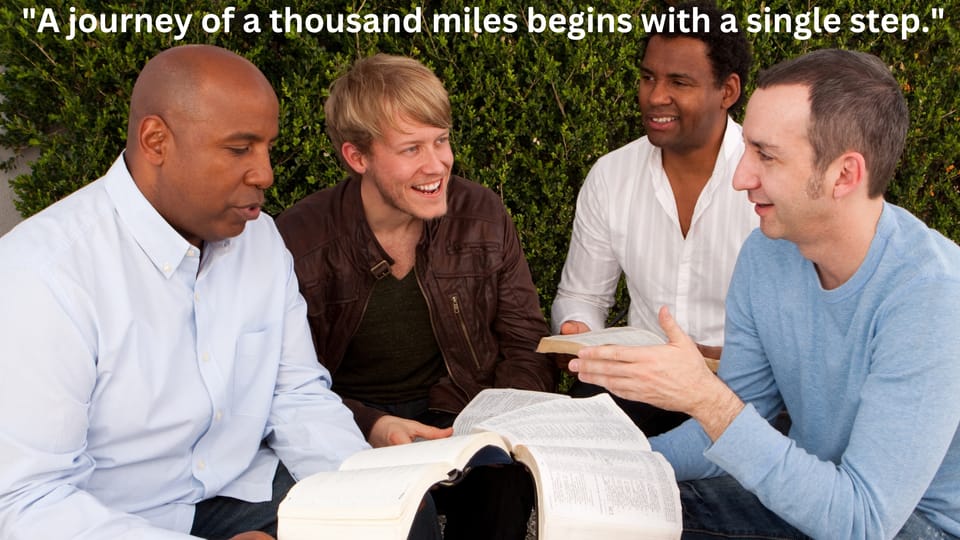
When Jesus instructed us to “go and make disciples,” He did not leave us wondering how. Jesus modeled this principally by growing disciples formed in a relational setting.
A strategic moment occurred in Jesus’ ministry when He formally gathered His inner circle around him.
Approximately six months into his public ministry Jesus called the twelve to “be with him.” (Luke 6:12-13; Mark 3:13)
How important was this decision? How vital was it to accomplishing Jesus’ mission? Luke signals the importance by telling us that Jesus spent all night in prayer. The next day he brought together a group which included twelve who had been following Him.
“And when day came, he called his disciples, and chose twelve of them, whom he named apostles…” (Luke 6:13).
Why smaller is a deeper investment
What was Jesus trying to accomplish by giving himself to this smaller band? At the time of Jesus’ selection of his leadership team, he was in the thralls of public adulation. But John tells that Jesus “did not entrust himself to them.” (John 2:24) Why?
Crowds are fickle; with you one moment and gone the next. Jesus knew that the only firm foundation was to grow deep people and this could only happen through intense relational investment.
What was Jesus’ goal with the apostles? Ultimately, they were being groomed to take over the mission when Jesus returned the Father.
In John 17:4 Jesus makes this amazing assertion,
“[Father], I have glorified you on earth, having accomplished [finished, as in “it is finished”] the work that you have given me to do.”
Stunning! Jesus was essentially saying that my primary mission was to get to this point with my core team in tact (of course, minus Judas). Jesus’ primary work with the disciples occurred through personal investment by taking them through the developmental stages of preparation.
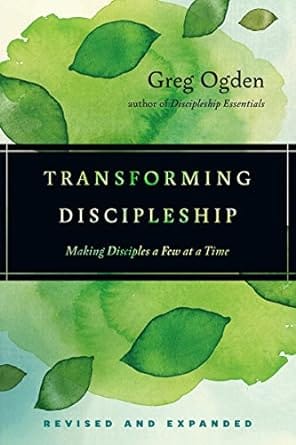
(See Transforming Discipleship, Chapters 3 & 4 for a fuller explanation.)
Of course, it is very difficult to replicate Jesus’ itinerant model today. For the better part of three years, we surmise that Jesus was with His followers 24/7.
But what we have tried to do on a much smaller scale through the MicroGroups of 3-4 is to create a highly relational environment.
Like Jesus, our goal is to grow maturing disciples who assume responsibility to be disciplemakers. Relational depth is the goal and byproduct of keeping the groups small and intimate.
- We learn to trust each other with the missteps, flaws and undulations of our life.
- In grace we extend the love of God when we feel unlovable and we need to hear a word of forgiveness.
- We explore and apply the teachings of Jesus and broader Scriptures to the realities of our life.
What is a covenant?
A covenant together is an agreement that states the mutual expectations in our relationship. This raises the bar of importance. We hold each other lovingly accountability for those areas of desired transformation that we have identified. We commit to be disciplemakers by being equipped to replicate our MicroGroup experience by inviting 2 or 3 others to join on the next step of the journey.
All this is done in meeting weekly for a year to 18 months for at least 90 minutes after preparing the biblical material for the session. The bonds formed in these “hot houses” will be like none you have ever known.
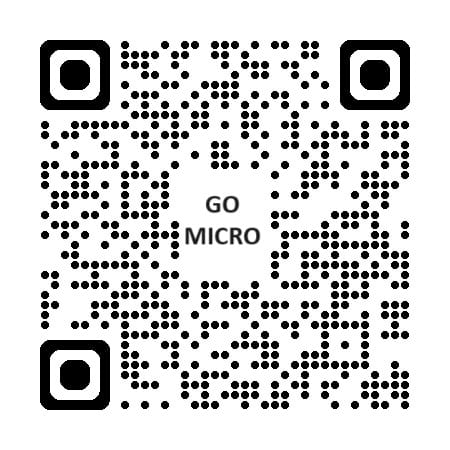

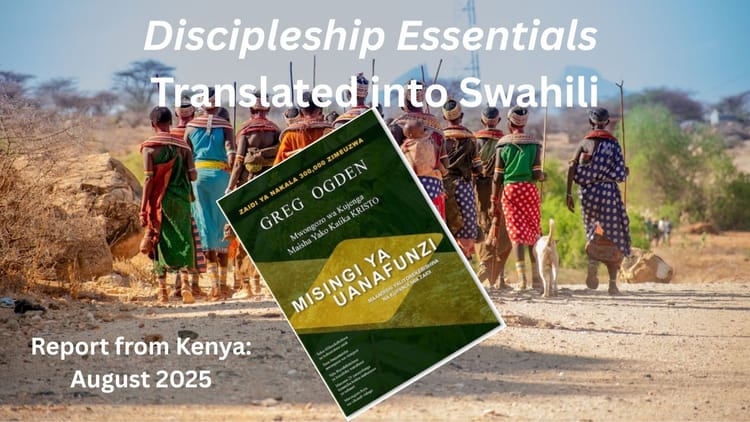


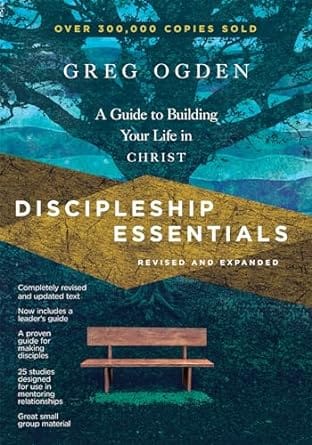
Member discussion